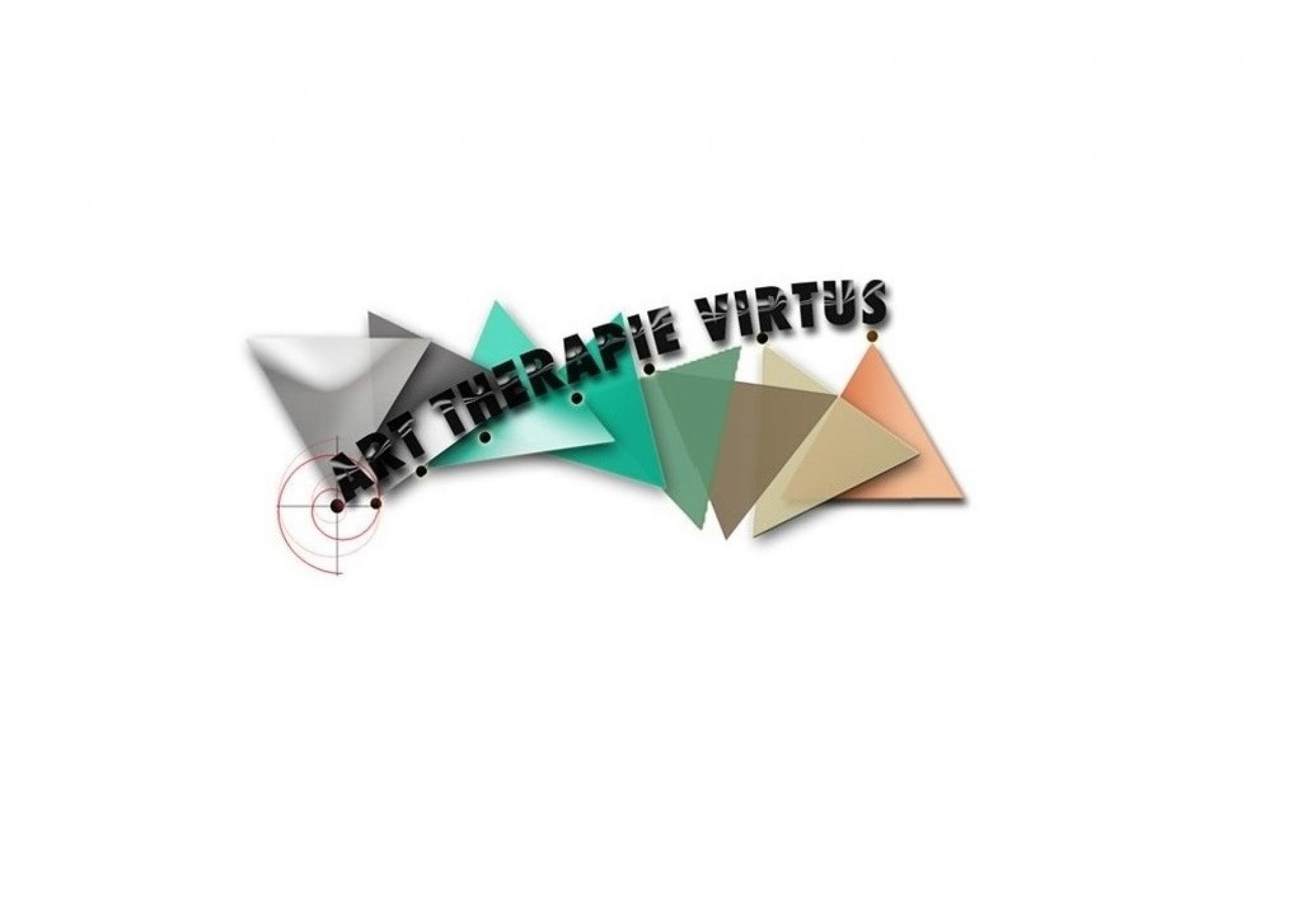 One art therapist explains how making art can save lives.
One art therapist explains how making art can save lives.
09/29/2015 09:47 am
Priscilla Frank Arts Writer, The Huffington Post
Anyone who has ever put pen to paper, crayon to coloring book, or hand to wet clay knows the healing powers embedded in such creative endeavors. More than just a pastime, art can be an escape, a stimulus, a war cry or a tranquil reprieve.
Art therapy, defined as “a form of psychotherapy that uses art media as its primary mode of communication,” revolves around this principal of art’s immense power. Open to children and adults of any background and experience, the still-evolving field explores modes of expression, understanding and healing that occur when paint touches canvas. While too many schools today run under the assumption that art is extraneous, a diversion from traditional academic subjects, art therapists know better. They know that art has the potential to change lives, and, even to save them.
Tally Tripp is the art therapy clinic director of George Washington University, specializing in individuals who have experienced trauma. Entering the field in its nascent phase, in the 1970s, Tripp was elemental in shaping the field as we know it today.
Continuing The Huffington Post’s coverage of the often misunderstood field that is art therapy, and the pioneers who continue to sculpt it, we reached out to Tripp to discuss the details of her career’s past and present.
How did you become interested in art therapy? How did you learn about the field?
When I first learned about art therapy it was definitely a field in its infancy. Personally, I have always loved art making and combined that with an interest in working with people. In high school I spent summers in New York working for the Children’s Aid Society with disadvantaged children in a camp program. It was there, as a counselor in the arts and crafts program, I came across one of the original art therapy journals: the Bulletin of Art Therapy (edited by Elinor Ulman and produced between 1961-1970).
For many years, that journal was the only art therapy publication available. At the same time, in 1971, Elinor Ulman and her colleague, psychologist Bernard Levy started an art therapy program at the George Washington University. Pretty quickly my goal became to study art therapy in the master’s program at GW, which I did between 1978 and 1981. Now, full circle, I am a full time professor in the art therapy program at GW and the director of the GW Art Therapy Clinic.
How did art therapy look when you first immersed yourself in it?
In the late 1970s, art therapy was still an emerging profession. It was definitely an exciting time for the field as we students were taught by some of the early pioneers: Elinor Ulman, Edith Kramer and Hanna Kwiatkowska — innovative thinkers developing clinical approaches that were based largely on intuition coupled with psychoanalytic thinking that was popular at the time. Also in those days there were few texts or research studies on art therapy to guide us, so we learned primarily by our experiences and our clinical work. As art therapy was a relatively unknown profession, we all put time and effort into spreading the word and educating others about its value.
The field is more established now, and more often than not, people have heard of art therapy and have some understanding of how it works. Art therapists now have licenses in some states as well as levels of professional credentialing and board certification. Beyond that, we have a lot of art therapy literature at our fingertips including research studies supporting the efficacy of art therapy and describing how it is utilized across many settings and populations. Art therapists can now be found in various settings — from medical and psychiatric hospitals, to schools, geriatric facilities, community and studio settings, and in private practice.
What are your areas of interest in the field?
I have maintained a private practice in art therapy for over 30 years. My specialization is working with individuals who have experienced trauma. I find these clients are excellent candidates for art therapy precisely because the art can provide a means for expressing the inexpressible feelings that are often shut down or pushed away from consciousness in response to traumatic events. It has been exciting in the last 25 years to see that neuroscience research has validated the kind of work we do. Through brain imagery, we now know that the cognitive and executive functioning of the brain is for the most part “off line” when people are recalling their traumas, rendering them essentially “speechless.” This helps explain why traditional verbal therapy is often not enough when working with trauma, and why art (imagery) and other experiential therapies are so effective.
I reached out to you in part because of Suicide Awareness Month. In your private practice do you work with many patients grappling with suicidal thoughts? What are some of the methods you practice in such circumstances?
Any therapist in private practice will have to deal with patients who are struggling with suicidal thoughts from time to time. Negative beliefs and hopelessness can render the individual helpless to combat the urge for self-harm. To work with suicidal thoughts, a clinician must first assess how developed the plan is, and, if the patient is truly in imminent danger of self-harm, hospitalization may be required. But hospitalization has its limits and is only one step.
Beyond the immediate safety needs, I work on resourcing my patients to help them develop other coping strategies so that they can better manage their feelings and find alternate responses. Some interventions might include creating a safety plan with a hierarchy of actions to take, or to come up with a list of resources that can be quickly accessed when the suicidal impulse arises, or helping with a variety of cognitive and behavioral restructuring techniques, or perhaps increasing the frequency of therapy sessions, etc. Sometimes I will recommend a soothing art activity for “homework” such as working in an art coloring book or journal, that can assist with a person feeling grounded and safe. Art can soothe anxiety and help with re-focusing attention to something more positive and less destructive than a suicidal plan.
Are most of the patients you encounter already involved in art? Are they ever skeptical?
It is true that most people think of going to an art therapist because they enjoy making art and are already involved in it somehow. But that is not the only kind of person who will benefit from art therapy.
For example, one man I worked with was also being seen in marriage therapy and was referred to me because it was determined that he needed to access more emotional depth. This man had no apparent interest in art, but agreed to see me as an experiment because art therapy had been recommended. I invited him to work on a picture of simply lines and shapes and just “see what happens.” His first picture, a simple downward sloping line was created in a matter of seconds. But when we held the “picture” up and explored it from a distance, he became struck by the downward motion and then exclaimed: “This is exactly what I have been trying to describe. It looks like my mother’s lap. Empty. She was never able to really hold me!” The image and description of not being held as a child became a fundamental theme in our work together. And within a few months, this patient enrolled in a painting class and began a new appreciation for art.


